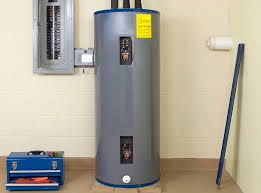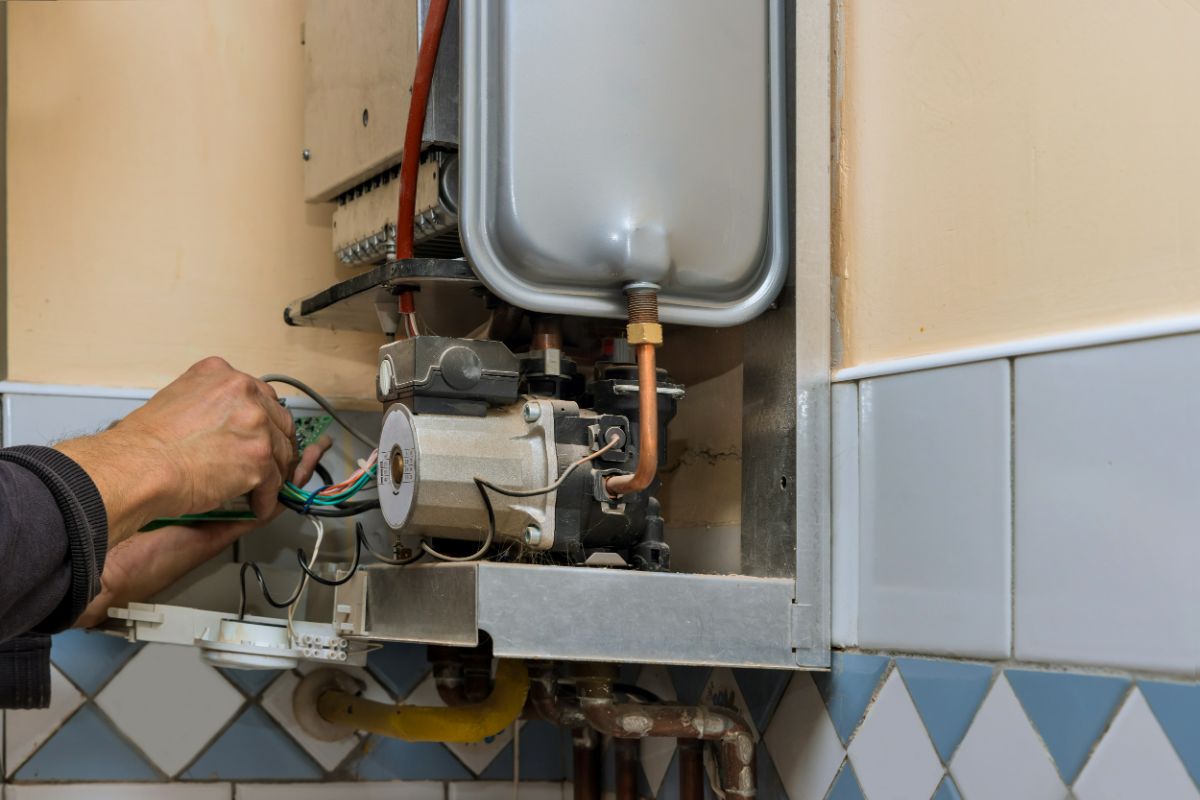Every person may have their own individual assumption involving How to Maintain a Hot Water Heater in a Few Simple Steps.

Warm water is essential for daily convenience, whether it's for a revitalizing shower or cleaning meals. To ensure your hot water system runs efficiently and lasts much longer, routine maintenance is key. This article supplies functional suggestions and insights on just how to preserve your home's hot water system to stay clear of disturbances and expensive repair work.
Introduction
Keeping your home's hot water system could appear complicated, however with a few basic steps, you can guarantee it operates efficiently for many years ahead. This overview covers whatever from understanding your warm water system to DIY upkeep suggestions and knowing when to call professional assistance.
Importance of Keeping Your Hot Water System
Regular upkeep not only expands the life expectancy of your warm water system however also guarantees it runs successfully. Overlooking maintenance can lead to reduced performance, greater energy costs, and even premature failure of the system.
Indicators Your Warm Water System Needs Maintenance
Recognizing when your hot water system needs focus can prevent major issues. Watch out for indicators such as inconsistent water temperature level, weird sounds from the heating system, or rusty water.
Flushing the Hot Water Heater
Purging your water heater eliminates debris accumulation, enhancing performance and prolonging its life.
Checking and Changing Anode Rods
Anode poles avoid deterioration inside the tank. Checking and changing them when worn is important.
Complex Problems Needing Specialist Help
Examples consist of major leakages, electric problems, or if your hot water heater is consistently underperforming.
Routine Professional Upkeep Conveniences
Professional maintenance can consist of complete examinations, tune-ups, and making certain compliance with security criteria.
Inspecting and Adjusting Temperature Level Setups
Readjusting the temperature level settings guarantees optimal efficiency and safety.
DIY Tips for Upkeep
You can perform numerous maintenance jobs on your own to maintain your warm water system in leading problem.
Checking for Leakages
Regularly inspect pipes and connections for leaks, as these can result in water damage and greater expenses.
Recognizing Your Warm Water System
Prior to diving right into upkeep tasks, it's practical to comprehend the fundamental components of your hot water system. Typically, this consists of the hot water heater itself, pipelines, anode poles, and temperature level controls.
Monthly Maintenance Tasks
Normal regular monthly checks can assist catch minor issues prior to they intensify.
Evaluating Pressure Relief Valves
Testing the stress relief valve ensures it operates appropriately and stops excessive stress accumulation.
Protecting Pipes
Insulating warm water pipelines decreases heat loss and can conserve power.
When to Call an Expert
While DIY upkeep is useful, some issues call for expert know-how.
Final thought
Regular upkeep of your home's hot water system is essential for performance, longevity, and price financial savings. By following these pointers and recognizing when to seek professional help, you can ensure a trustworthy supply of hot water without unanticipated disruptions.
How to Maintain an Instant Hot Water Heater
Before tinkering with your hot water heater, make sure that it’s not powered on. You also have to turn off the main circuit breaker and shut off the main gas line to prevent accidents. Also turn off the water valves connected to your unit to prevent water from flowing into and out of the appliance. 2. When you’re done, you have to detach the purge valves’ caps. These look like the letter “T” and are situated on either side of the water valves. Doing so will release any pressure that has accumulated inside the valves while at the same time avoid hot water from shooting out and burning your skin. 3. When the purge valves’ caps are removed, you have to connect your hosing lines to the valves. Your unit should have come with three hoses but if it didn’t, you can purchase these things from any hardware or home repair shops. You can also get them from retail stores that sell water heating systems. Read the user’s manual and follow it to complete this task properly. When the hosing lines are connected, open the purge port’s valves. 4. You should never use harsh chemical cleaners or solutions when cleaning your unit. Make use of white vinegar instead. It should be undiluted and you’ll probably use about 2 gallons. 5. Now flush your water heater. This task should probably take about 40 minutes. We can’t give you specific directions for this because the procedure is carried out depending on the type, model and brand of your heater. With that being said, refer to the user’s manual. 6. When you’re done draining the unit, you have to turn off the purge port valves again. Remove the hosing lines that you earlier installed on each of the water valves. Put the valve caps (purge port) back in their respective places and be very careful so as not to damage the rubber discs that are found inside these caps. 7. Now that everything’s back in place, check your user’s manual again to find out how to reactivate your water heating system. 8. Once it is working, turn one of your hot water faucets on just to let air pass through the heater’s water supply pipes. Leave the tap on until water flows smoothly out of it. https://www.orrplumbing.com/blog/2014/september/how-to-maintain-an-instant-hot-water-heater/

Do you appreciate reading up on What Kind of Maintenance Do Water Heaters Need?? Make a comment down below. We'd be pleased to find out your reactions about this blog entry. We are looking forward to see you back again soon. Sharing is nice. Helping people is fun. Many thanks for being here. Please stop by our website back soon.
Call Today